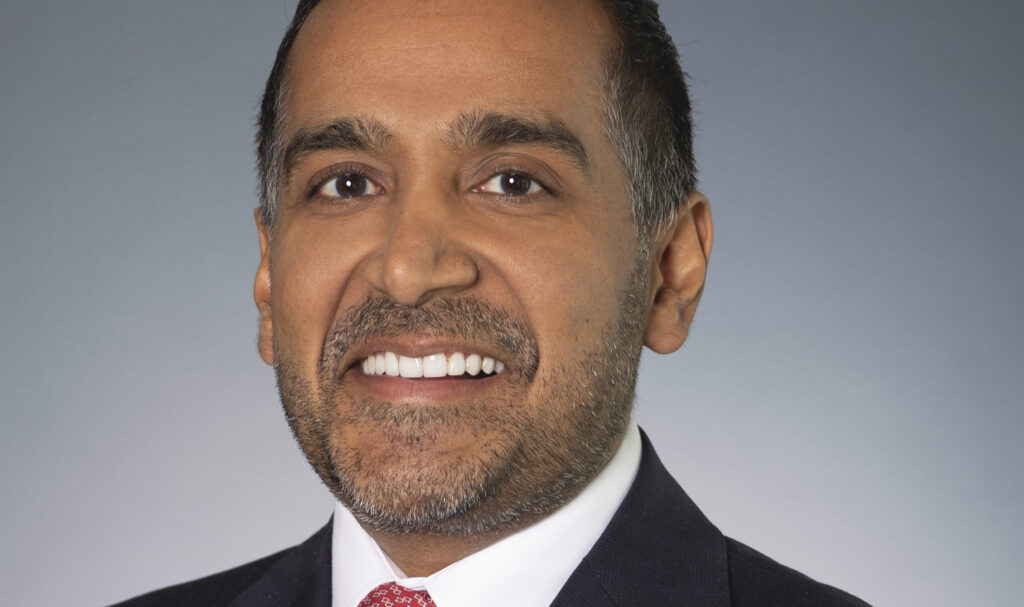For better or worse, value-based care may be the most influential concept in 21st Century health care. And with the advent of new payment models, hospices are no longer on the outside of those programs looking in.
While value-based care has sound underlying principles — improving quality and lowering costs — stakeholders often discuss these payment models with a sort of “religious zeal,” according to SCAN Health Plan CEO Sachin Jain. That, in turn, often overshadows counter arguments or, in some cases, patients’ actual needs.
Jain is no stranger to value-based care, nor is he an adversary. He currently leads SCAN Health Plan, a $3.4 billion Medicare Advantage (MA) organization that covers more than 270,000 members.
In 2010 and 2011, he was a special advisor to then U.S. Centers for Medicare & Medicaid Services (CMS) Administrator Don Berwick. There, Jain helped establish the Center for Medicare & Medicaid Innovation (CMMI), which is charged with development and testing of value-based payment models.
“I’ve just seen in more and more conversations with people across the ecosystem a kind of almost religious zeal that’s developed around value-based care. As somebody who started his career with that kind of zeal, I’ve seen a huge gap between the academic discourse on the topic and how it’s actually implemented in the real world,” Jain told Hospice News. “Value is broadly defined as quality over cost, and what I see most organizations doing is really focusing much more on that cost piece of the equation and less on the quality piece of the equation.”
Jain initially voiced these concerns in an April 12 article in Forbes, but elaborated in a subsequent interview with Hospice News.
Effective execution on value-based principles is taking on new importance for hospice providers, which for most of their history have received payment almost entirely through a dedicated Medicare benefit.
Even across transitions of presidential administrations, CMS has consistently affirmed its commitment to value-based programs. This includes a January article in the journal Health Affairs by senior CMS leadership, in which they pledged to ensure that 100% of Medicare beneficiaries would be covered through a value-based model by 2030.
Among the authors of that article was Dr. Meena Seshamani, director of the Center for Medicare within CMS.
“We definitely, in Medicare, are looking to increase our footprint in value-based care,” Seshamani recently said at the Home Health Care News Capital+Strategy conference in Washington, D.C. “And in holistic care models where you’re really encouraging that team-based approach to care, you’re enabling providers to come together to take accountability for cost and quality.”
Hospices took their first steps into the value-based arena last year with the launch of a new component of the value-based insurance design (VBID) demonstration. CMMI developed the demo to test offering hospice through MA.
Known as the Medicare Advantage (MA) hospice carve-in, the demonstration started small in 2021, but participation doubled as the four-year program entered its second year.
To prepare, hospices have launched new upstream business lines and redoubled efforts to expand their geographic footprints to be more appealing to health plans as well as increase access to care. They have honed their negotiation skills for working with payers, which often required them to become more data savvy, including investing in technologies like artificial intelligence and machine learning.
But they may find themselves walking a tightrope as they enter the value-based world, with its emphasis on reducing high-acuity care and utilization management.
On one side, hospices are doing what they can to bring patients onto their services as early as possible when it becomes medically appropriate. This is a response to a real need. Close to 30% of hospice patients receive services for seven or fewer days, which means a large contingent do not experience the full range of benefits, according to the National Hospice and Palliative Care Organization.
But the need to compete for payer contracts in which reduced hospitalizations are a deciding factor could contribute to a competing problem — bringing patients into hospice before they are truly prepared, according to Jain.
“One potential unintended consequence is potentially getting people into the hospice or palliative care system either before they are ready or before it’s appropriate for them. That’s a very real consideration for anyone who owns a hospice or palliative care organization,” Jain said. “It starts with this idea that we want to provide great hospice care delivery for patients who are eligible for it, but it’s making sure these patients want it and that their needs are front and center in our consideration of it.”
Jain recalled working in one clinical setting in which clinicians were operating on an incentive scheme that was focused on reducing hospital bed days.
Some of the doctors would “high-five” each other when they converted a patient to hospice, he told Hospice News.
Even with these concerns, Jain is quick to point out that his remarks are not a wholesale condemnation of value-based care, nor of health care providers in hospice or elsewhere in the care continuum.
The priority, he indicated, was for payers and providers alike to hold themselves accountable for keeping care oriented around what is best for the patient.
“There are lots of organizations and good people trying to do good work. I do believe that the health care workforce is largely trying to do right by patients. I just think that the devil is in the details,” Jain said. “We have to get out of the habit of these overly broad brushes of ‘fee for service’ is bad and value-based is good, because there’s plenty of good care being delivered in fee for service and plenty of bad care being delivered in value-based care and vice versa. We have to think beyond those. The Northstar is to always do what is best for the patient.”



